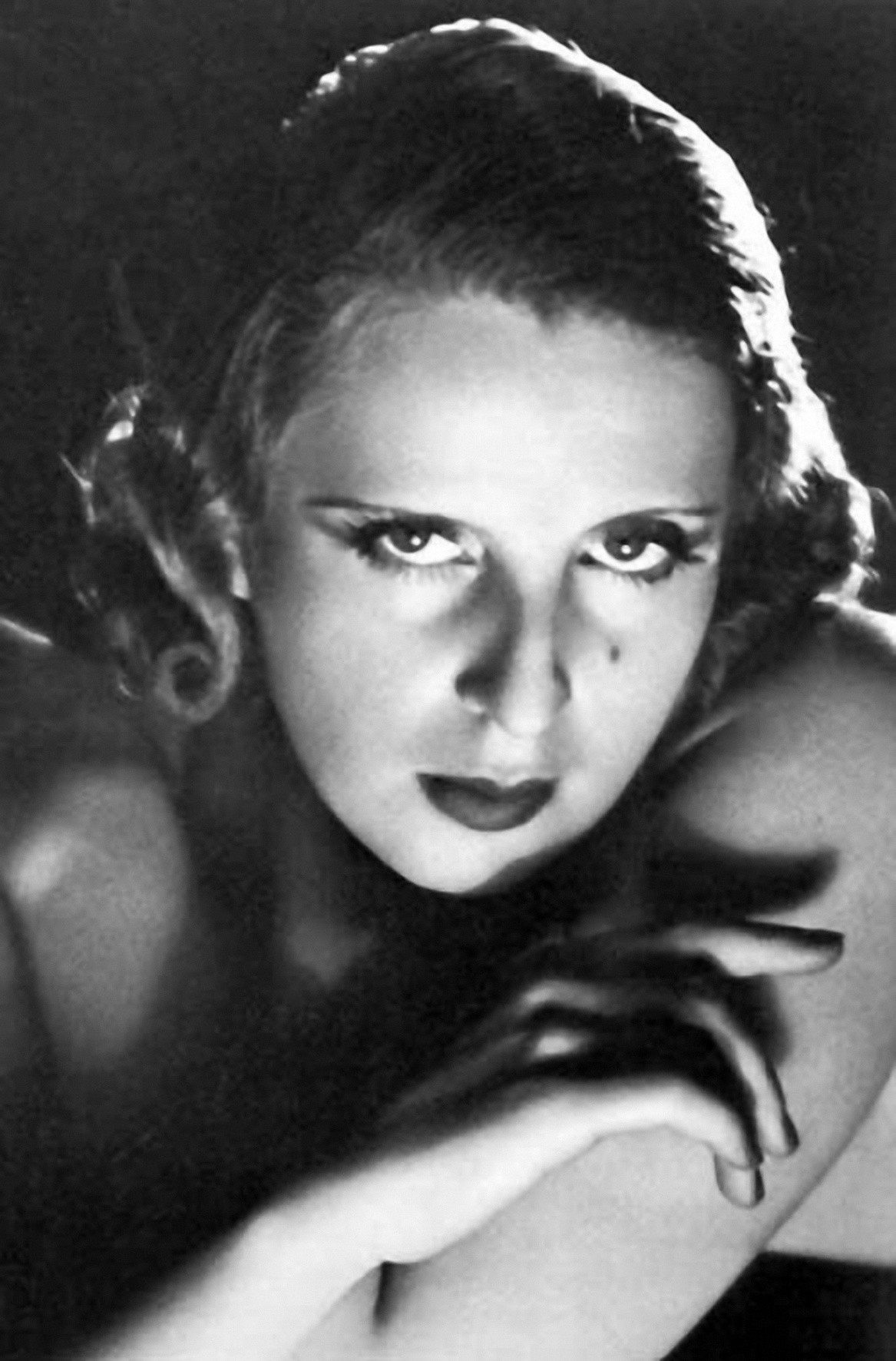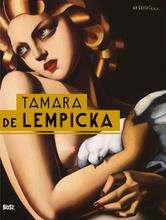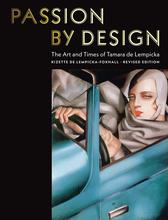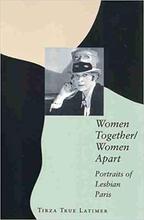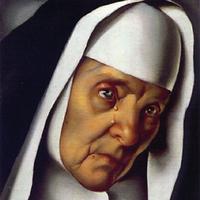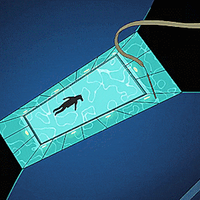More about Tamara de Lempicka
- All
- Info
- Shop
Works by Tamara de Lempicka

Contributor
Tamara de Lempicka enjoyed sex, money, and keeping a firm hold on her crown as art deco royalty.
De Lempicka’s story begins around 1898. Or could it be 1895? 1902? All are birth dates supplied by Tamara herself, who spoke as if in a perpetual game of two truths and a lie. Her birthplace of Moscow didn’t suit her, so she changed it to Warsaw. Her friendship with Andy Warhol was also a fabrication. We can’t blame her for this fib— everyone wanted to be friends with pop art’s soup-loving monarch.
At fifteen, our heroine fell in love. Tamara showed up to a swanky Russian costume ball in peasant dress, accompanied by a goose on a lead. Geese are not prime party guests, as anyone who’s been chased by one can assure you. Predictably, the future artist was thoroughly shamed by a flashy display of waterfowl aggression. Her mood was improved by the presence of a certain Tadeusz Lempicki. Tamara was intrigued by his good looks and flock of female admirers. The two would later be married.
Tadeusz shared an unfavorable trait with his wife: stretching the truth. His favorite unlikely claim was that he was a spy for the Tsar, working against the revolutionaries. Under Lenin, Tadeusz was imprisoned by the secret police. Note to self: when a revolution is under way, don’t brag about being a spy for the losing side. Tamara described the arrest as a sudden intrusion while the couple was having a bit of fun in bed. Tamara’s stories have to be taken with a grain of salt, but her reality was often stranger than fiction.
It’s hard to see why de Lempicka needed the falsehoods at all, when her luxurious lifestyle would put Gatsby’s to shame. Once de Lempicka had gained fame through Art Deco portraits, she would halt a sitting only for a massage or a glass of champagne. Her arms were layered with diamond bracelets, each celebrating two successful sales. Among the elites of Paris and Hollywood, where she gained acclaim, De Lempicka’s parties could be counted on for booze, royalty, and caviar served on nude women. Not even Picasso missed out on a Tamara rager.
Sources
- Bade, Patrick. Lempicka. New Yorke: Litres, 2017. Accessed June 27, 2017. https://books.google.com/books?id=xncgAgAAQBAJ&lpg=PA1&dq=tamara%20de%2….
- Cumming, Laura. “Tubular Belles.” The Guardian. March 26, 2000. Accessed June 27, 2017. https://www.theguardian.com/books/2000/mar/26/biography1.
- “De Lempicka, Tamara.” Encyclopedia.com. 2004. Accessed June 27, 2017. http://www.encyclopedia.com/history/encyclopedias-almanacs-transcripts-….
- “Hot Dates for your Diary, Part Two.” The Guardian. April 11, 2004. Accessed June 27, 2017. https://www.theguardian.com/film/2004/apr/11/2.
- Lutyens, Dominic. “All Tamara’s Parties.” The Guardian. February 7, 2009. Accessed June 27, 2017. https://www.theguardian.com/lifeandstyle/2009/feb/08/homes.
- Mackrell, Judith. Flappers: Six Women of a Dangerous Generation. New York: Farrar, Straus and Giroux, 2014.
Featured Content
Here is what Wikipedia says about Tamara de Lempicka
Tamara Łempicka (
pronounced [taˈmara wɛmˈpit͡ska] ⓘ; 16 June 1894 – 18 March 1980), known outside Poland as Tamara de Lempicka, was a Polish painter who spent her working life in France and the United States. She is best known for her polished Art Deco portraits of aristocrats and the wealthy, and for her highly stylized paintings of nudes.
Born in Warsaw, records have long asserted her birthname was Tamara Rozalia Gurwik-Górska, though documents have uncovered her true name as Tamara Rosa Hurwitz. She briefly moved to Saint Petersburg where she married Tadeusz Łempicki, a prominent Polish lawyer, then travelled to Paris. She studied painting with Maurice Denis and André Lhote. Her style was a blend of late, refined cubism and the neoclassical style, particularly inspired by the work of Jean-Dominique Ingres. She was an active participant in the artistic and social life of Paris between the wars. In 1928, she became the mistress of Baron Raoul Kuffner, a wealthy art collector from the former Austro-Hungarian Empire, divorcing Tadeusz Łempicki that same year. After the death of Kuffner's wife in 1933, Łempicka married Kuffner in 1934, and thereafter she became known in the press as "The Baroness with a Brush".
Following the outbreak of World War II in 1939, she and her husband moved to the United States and she painted celebrity portraits, as well as still lifes and, in the 1960s, some abstract paintings. Her work was out of fashion after World War II, but made a comeback in the late 1960s, with the rediscovery of Art Deco. She moved to Mexico in 1974, where she died in 1980. At her request, her ashes were scattered over the Popocatépetl volcano.
Check out the full Wikipedia article about Tamara de Lempicka

